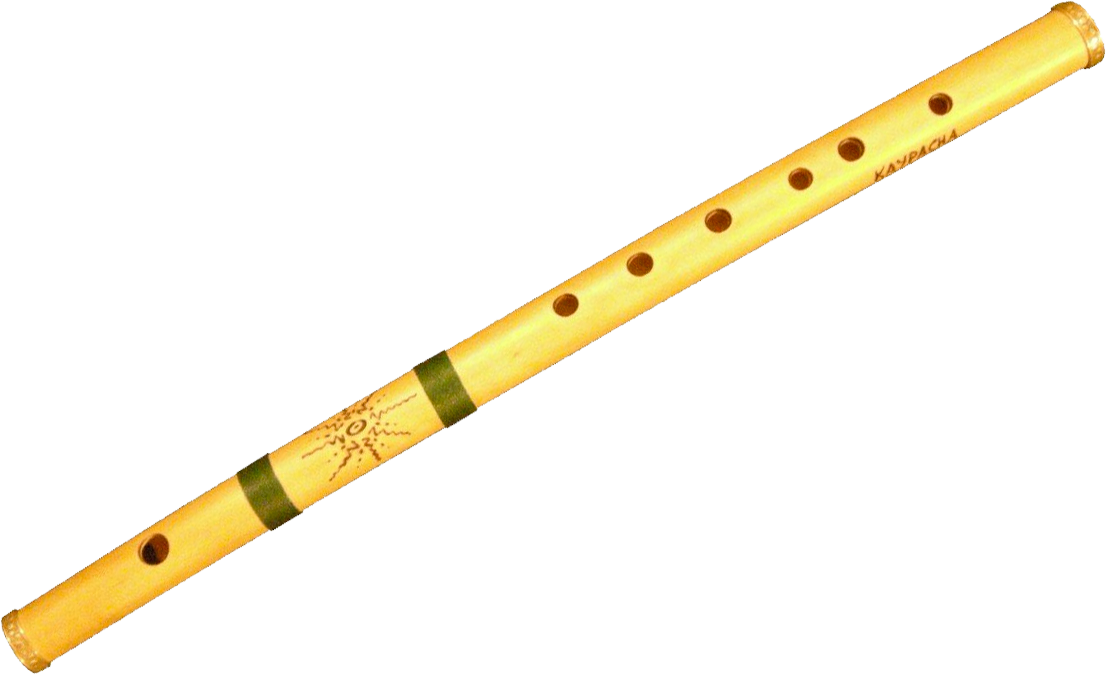Description :
The flute belongs to the family of woodwind instruments - it is an aerophone. The specific type of flute being discussed is the Indian classical Bamboo flute - bansuri. There are various types of flutes including, panflutes, whistle, gemshorn, flageolet, recorder, tin whistle, tonette, fujara, dizi, piccolo, ocarina and many more; some of these are similar in nature to the bansuri, whereas others are not.The flute produces a soothing sound which by it's very nature is calming and appeasing. It is an ancient instrument that appears in motifs across the cultures and ages.
Class : Edge blown aerpohone
Fundamental quality : Satvic
Subsidiary qualities : Satvia with rajas
Element : Vayu
Dosha : Vatta
Chakra : Anahata - Ajna



